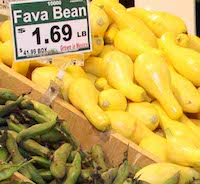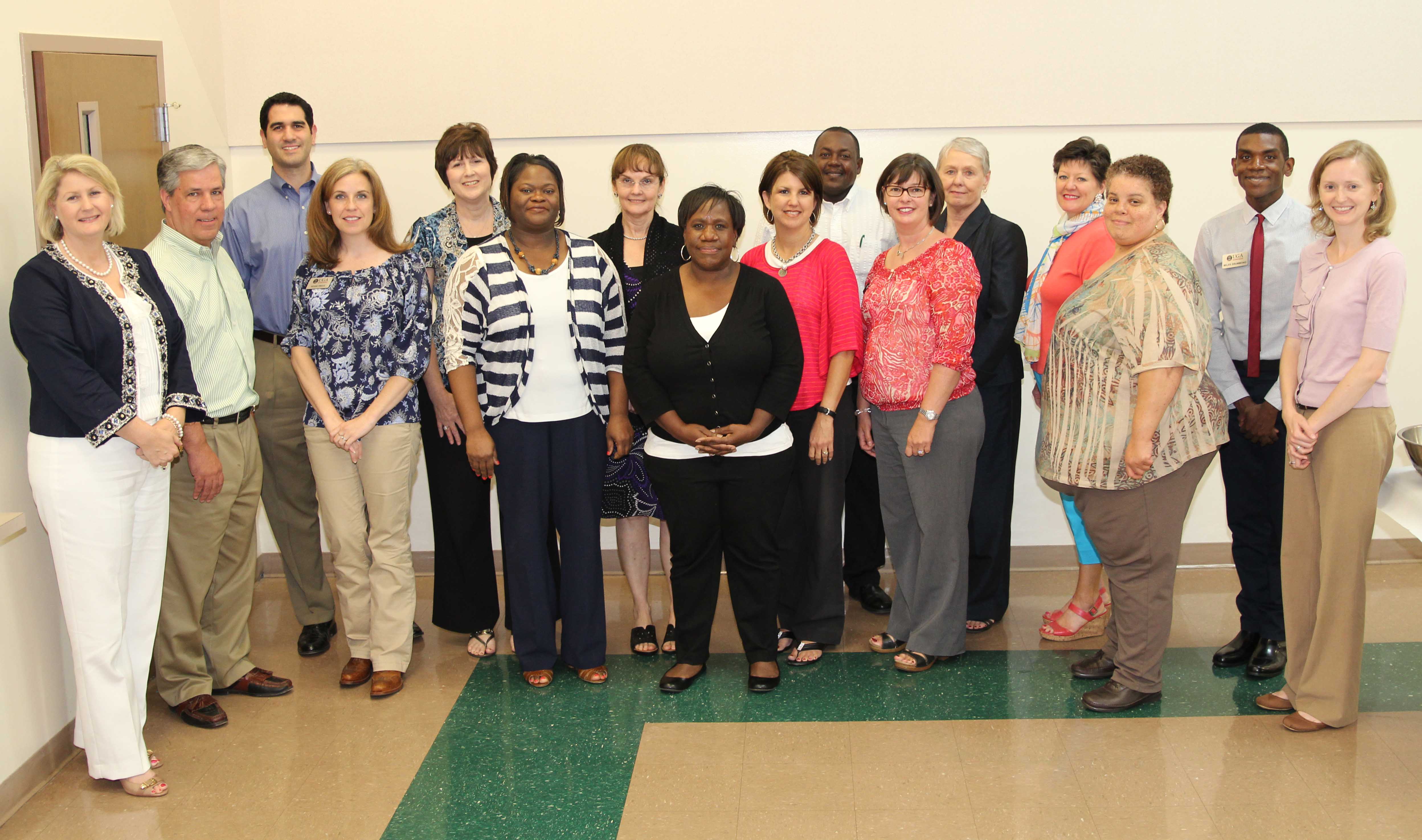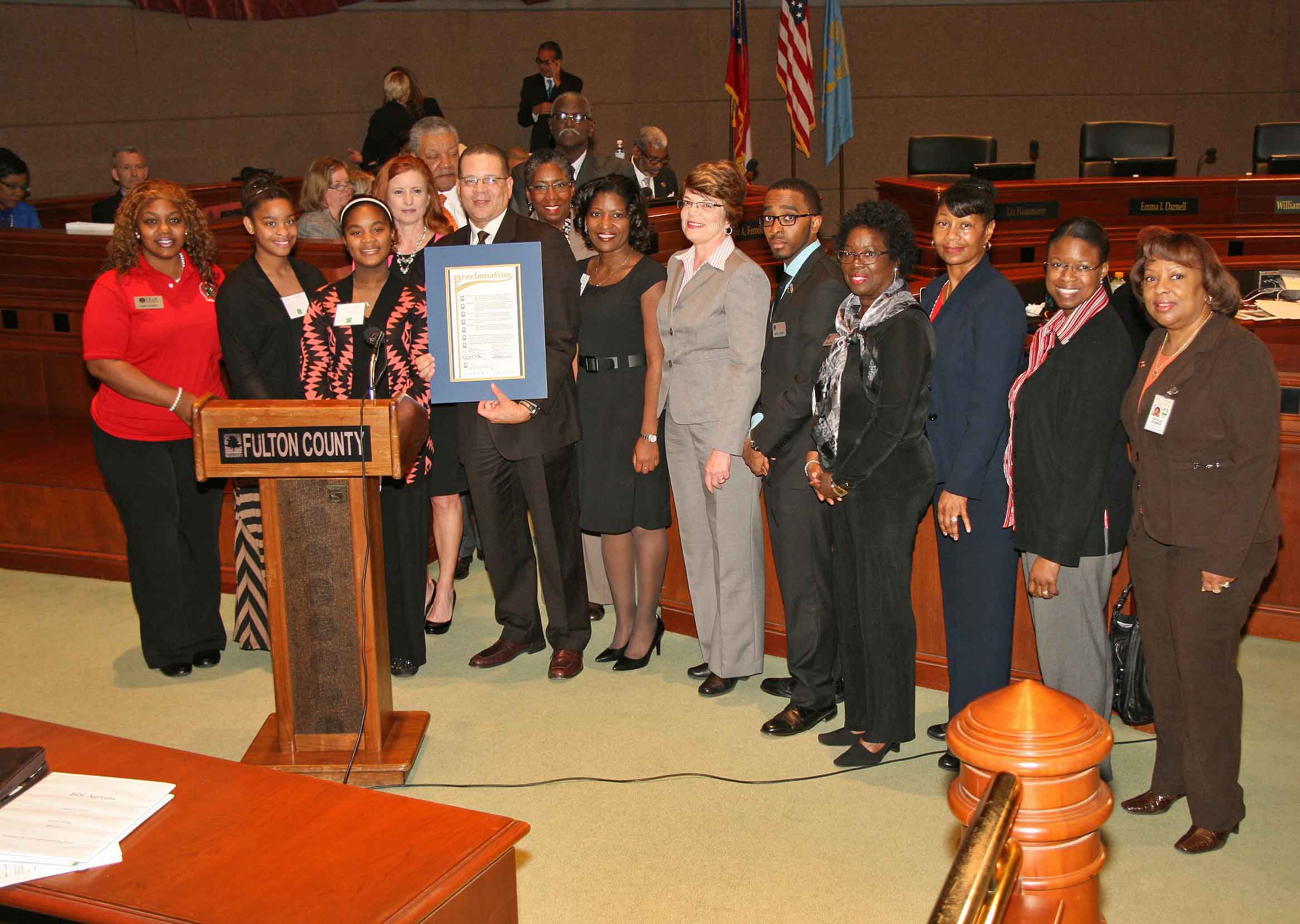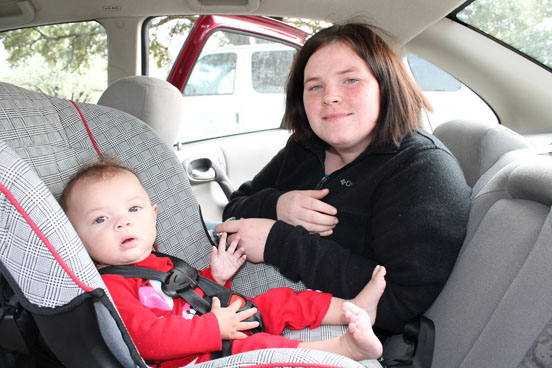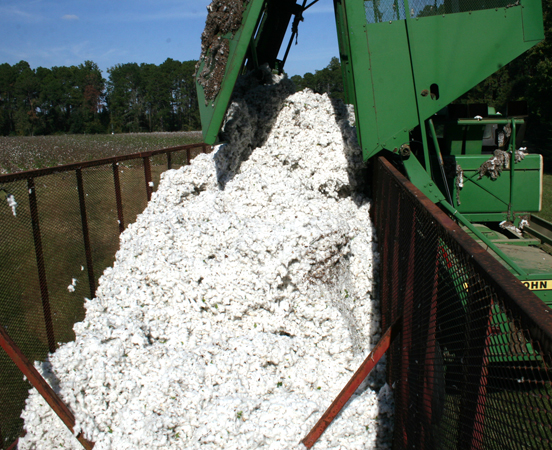Trying to get a picky eater to pick up a new vegetable can be like pulling teeth, but a trip to the grocery store can help children of all ages broaden their culinary horizons and develop better eating habits.
By taking kids to the grocery store and encouraging them to help in meal planning, shopping and food preparation, they can learn positive eating habits and become empowered to try new foods and make smarter food choices.
“Parents can help by talking about healthy foods at home when they are served at meals and snacks … Then the parent can re-emphasize these messages when the foods are selected at the grocery store,” said Connie Crawley, a Cooperative Extension nutrition and health specialist.
Parents can use trips to the grocery store to point out the healthy colors of fruits and vegetables, the bone-strengthening benefits of calcium in dairy foods, the positive effects of protein on muscles and the importance of eating whole grains.
Parents should make sure to introduce these concepts in a way that their child can understand, said Diane Bales, a child development specialist with the University of Georgia College of Family and Consumer Sciences.
“With young children especially, you’ve got to keep it really simple … We’ve seen in preschool-age children that when you tell them a food has vitamins, and they expect you to be able to cut them open and see a Flintstones vitamin or something,” Bales said. “Concepts like that, they don’t really understand.”
Age will determine the level of involvement a child has in meal planning and grocery shopping too.
“Parents can talk to even infants and toddlers about what will be put on the shopping list and why it is good for them,” Crawley said. “More verbal children can help to make the shopping list.”
By planning for trips beforehand — scheduling around naptime, making sure kids are well fed and having an organized list — parents can have an easier time at the store and keep children involved.
“Some of it’s also about being prepared,” Bales said. “If you throw the kids in the grocery cart and say ‘We gotta go get these groceries,’ and haven’t given any thought to how you’re going to keep them occupied, then that’s going to be a lot harder.”
One way to keep young children occupied at the grocery store and make the most of the trip as an educational experience is to encourage them to use their fledgling math and language skills.
“If you’re identifying the words on the cereal box or the cracker box, they’re practicing those simple, real-world literacy skills,” Bales said. “If you’re counting the number of apples you’re putting into a bag, you’re practicing math.”
As children grow older, their involvement and responsibilities at the store can grow with them.
“Parents may be able to allow elementary school-age children to select among several acceptable cereals,” Crawley said. “Pre-teens and teens can plan and prepare one or more meals a week that they select the ingredients for. Older kids can also read nutrition labels to choose the best snacks for the family or to select the best ingredients for a new recipe.”v
Allowing children to help with meal planning gives them a sense of responsibility and ownership over their foods, Bales said, and can make picky eaters more likely to try foods.
“They’re much more likely to take ownership of it if they’ve helped pick it, even if you say ‘We’re going to have broccoli tonight. Which looks like the best one?’” Bales said. “That doesn’t ensure that they’ll try it, but it may make it more likely.”
Cooking with children helps them understand the work that goes into preparing a meal as well as learning about helpful meal planning tools like MyPlate — the U.S. Department of Agriculture’s nutritional guidelines info graphic.
“Children can search on the web or in cookbooks for recipes,” Crawley said. “This can be really fun if the meal has a theme or is celebrating a special event. They can help to make the shopping list based on what is available in the house and what is needed at the store.”
After the food is ready, there is still learning to be done.
“They need to learn how to set the table properly and clean up after themselves in the kitchen …,” Crawley said. “These are basic skills many kids no longer learn. They can even decorate the table as an arts and crafts project especially if it is a special meal.”

